I'm hoping to use ggplot2 to generate a set of stacked bars in pairs, much like this:

With the following example data:
df <- expand.grid(name = c("oak","birch","cedar"),
sample = c("one","two"),
type = c("sapling","adult","dead"))
df$count <- sample(5:200, size = nrow(df), replace = T)
I would want the x-axis to represent the name of the tree, with two bars per tree species: one bar for sample one and one bar for sample two. Then the colors of each bar should be determined by type.
The following code generates the stacked bar with colors by type:
ggplot(df, aes(x = name, y = count, fill = type)) + geom_bar(stat = "identity")

And the following code generates the dodged bars by sample:
ggplot(df, aes(x = name, y = count, group = sample)) + geom_bar(stat = "identity", position = "dodge")

But I can't get it to dodge one of the groupings (sample) and stack the other grouping (type):
ggplot(df, aes(x = name, y = count, fill = type, group = sample)) + geom_bar(stat = "identity", position = "dodge")


